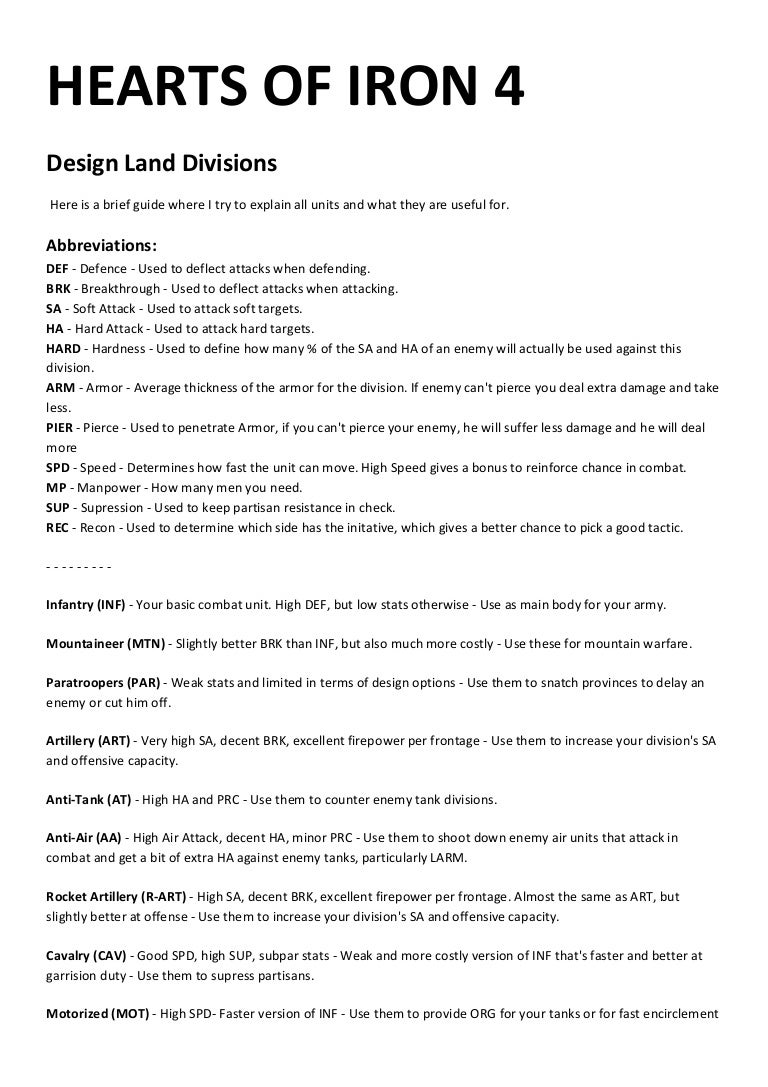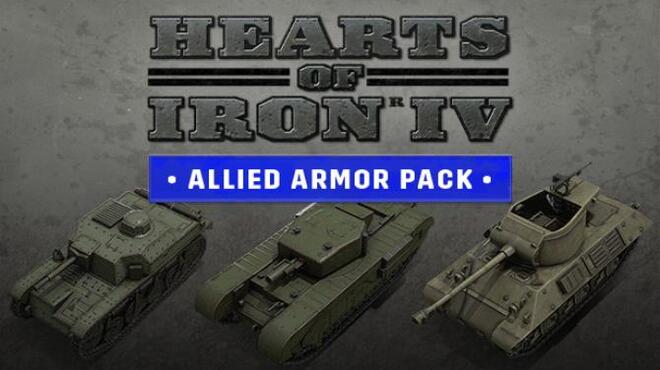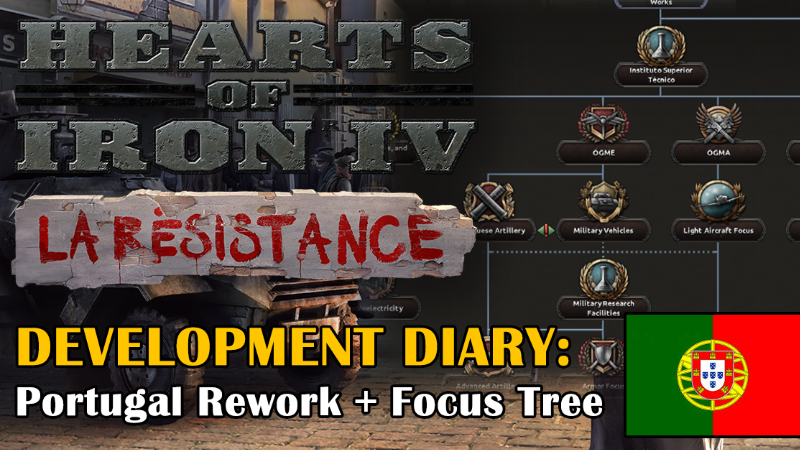

First, the rugged North American terrain limited artillery to siege operations along coasts or to the defense of a fortification because even the lightest pieces were too heavy to drag across the roadless terrain. Unlike the Europeans, colonists had little use for arranging their artillery functionally by size. Light pieces, usually 3‐ to 12‐pounders, served as field artillery to support the infantry and cavalry, while heavier and less maneuverable pieces were employed as siege, garrison, and coast artillery where mobility was not critical. Meanwhile, most European armies began to classify their artillery as field, siege, garrison, and coast artillery. Besides classifying their howitzers by the size of the projectile that it shot, Europeans and Americans also labeled them by the size of the bore, such as a 5.5‐inch howitzer.


For example, a cannon that shot a 4‐pound projectile was known as a 4‐pounder. During the seventeenth century, however, Europeans and Americans started designating their artillery by the size of the projectile that they threw. A falcon shot a 2‐ to 3‐pound projectile a culverin fired a 15‐ to 22‐pound projectile. Colonial artillery fired several types of projectiles, among them: solid shot, an exploding shell that was detonated by a fuse canister, which was a can filled with musket balls and grapeshot, a cluster of iron balls grouped around a wooden spindle and covered by a heavy cloth netting.Įnglish colonists gave their artillery colorful names, such as falcon, saker, demiculverin, and culverin, to name a few. Cannons, also called guns by the nineteenth century, had powerful, flat trajectories to batter down fortification walls or to shatter troop formations, while howitzers had curved trajectories for lobbing projectiles over fortification walls or into troop formations. Beginning with the initial settlements, English colonists in North America, like Europeans, employed smoothbore, muzzle‐loading, black powder, cast‐bronze cannons and howitzers. Artillery has played a critical role in providing close support to the infantry, bombarding fortifications, defending coasts, and, in the twentieth century, attacking tanks and aircraft.


 0 kommentar(er)
0 kommentar(er)
